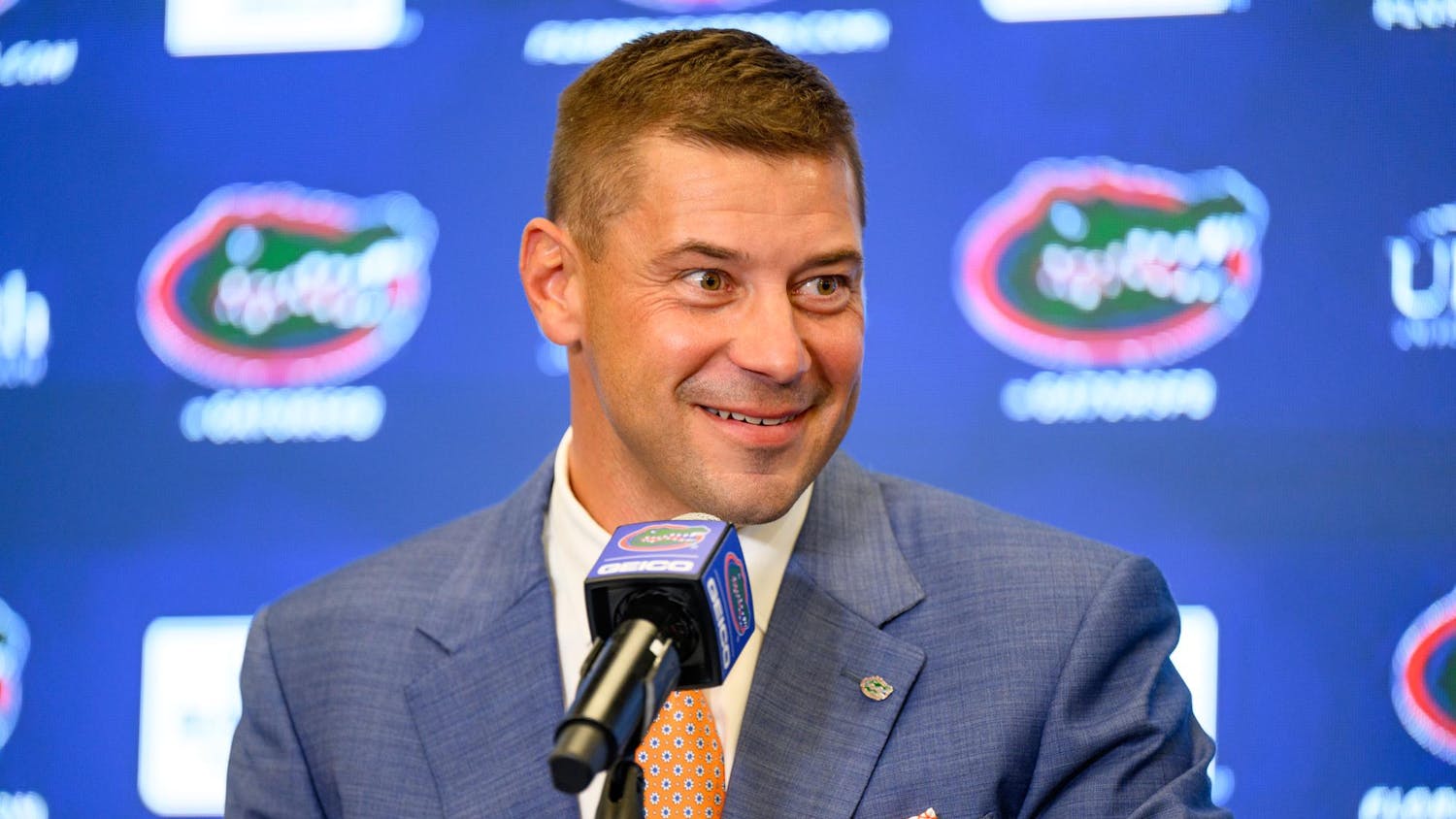The House v. NCAA lawsuit began in June 2020, spearheading a group of three lawsuits against the NCAA regarding the direct payment of student-athletes. Now, an unprecedented $2.8 billion dollar settlement has resolved the trio of grievances.
A new era of college athletics began Friday night when U.S. District Court Judge Claudia Wilken approved the revolutionary settlement. Starting July 1, schools will directly pay student-athletes for their efforts, an aspect that has remained absent through the NCAA’s 119-year history.
The most prominent aspect of the resolution is the introduction of revenue-sharing into collegiate athletics. Schools will be permitted to share upwards of $20.5 million with athletes, a number anticipated to increase annually.
Football will receive a staggering 75% of the sum, a portion that comes out to nearly $15.4 million for the upcoming season. The remaining percentages come out to men’s basketball at 15%, women’s basketball at 5%, and all remaining sports at 5%. The financial support sources from approximately 22.5% of each program’s media rights and ticket sales.
Another key facet of the multibillion-dollar deal is the repayment of money for previous student-athletes who did not reap the rewards of the NIL era.
Around $2.8 billion will be owed to athletes who played from 2016-2024 in a 10-year restitution plan. Roughly $277 million will be extended to those athletes annually, following a similar budgeting percentage to that of the aforementioned $20.5 million sharing initiative.
Alongside the introduction of revenue-sharing is the inclusion of a NIL clearinghouse named ‘NIL Go’ for any third-party contracts that eclipse the $600 limit. The new clearinghouse will regulate any mismanagement within NIL and create and police fair valuations for athletes based on past data.
“Despite some compromises, the settlement agreement nevertheless will result in extraordinary relief for members of the settlement classes,” Wilken explained in her 76-page final opinion. “If approved, it would permit levels and types of student-athlete compensation that have never been permitted in the history of college sports, while also very generously compensating Division I student-athletes who suffered past harms.”
Wilken nearly accepted the terms of the settlement in April until a disagreement between the two parties surrounding roster limits halted negotiations. After the issues were sorted by the two contesting sides, Wilken ended the 59 month deliberation by approving the landmark deal.
The April delays were caused by an apprehension in preventing athletes from continuing their careers due to roster limits. The proposed limits would have cut almost 5,000 students from across 43 NCAA-affiliated sports.
In the approved settlement, a compromise is struck between extreme cuts and over-participation. Most sports will increase their roster limits to accommodate the maximum number of athletes. In addition, schools are now allowed to offer full scholarships to the entire roster for each NCAA-sanctioned sport rather than the prior sport-by-sport limitation.
Adversely, some sports (including football) will combat the exclusions temporarily with roster spots to exceed the cap until a player’s eligibility has run out.
"This new framework that enables schools to provide direct financial benefits to student-athletes and establishes clear and specific rules to regulate third-party NIL agreements marks a huge step forward for college sports,” wrote NCAA President Charlie Baker in an open letter.
While the effects of the conclusion are not imminently clear, the benefits come July 1 seem plentiful. In just a month’s time, a new revolution of widespread compensation for both former and current athletes will unfold, shaking up college sports as it’s currently known.
Contact Charlie Jones at cjones@alligator.org. Follow him on X at @CharJonesMedia.
Charlie Jones is a journalism sophomore excited for his first semester with The Alligator as a Summer 2025 Sports Enterprise writer. He loves spending time with his friends and family, devotedly rooting for his Philadelphia sports teams and watching niche sports like European Handball.






